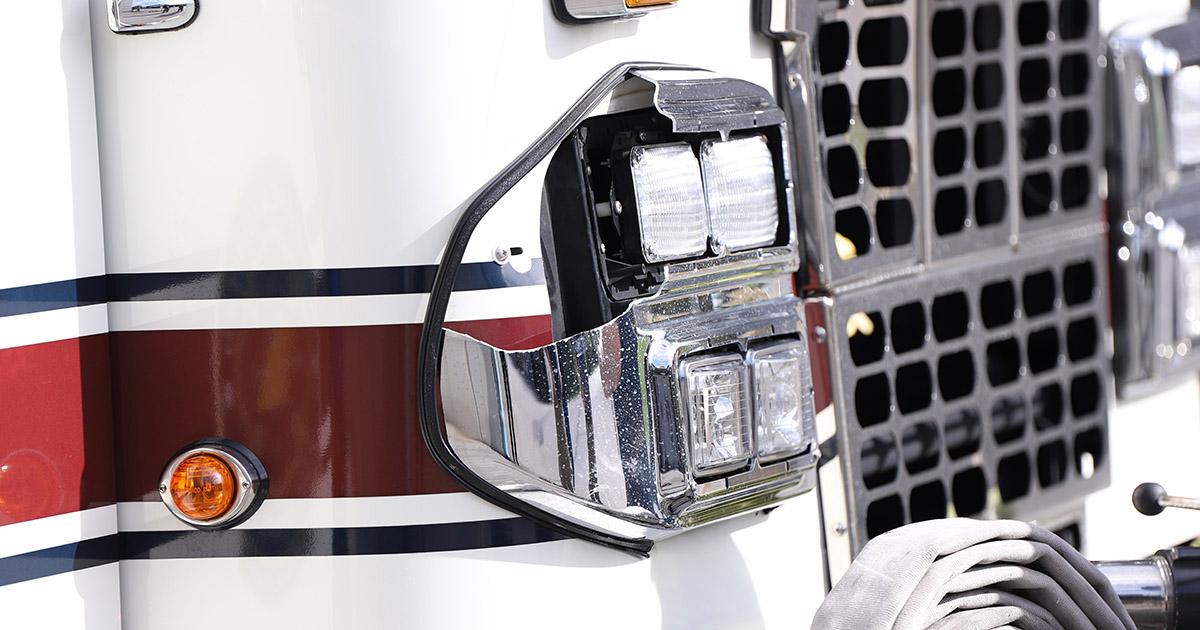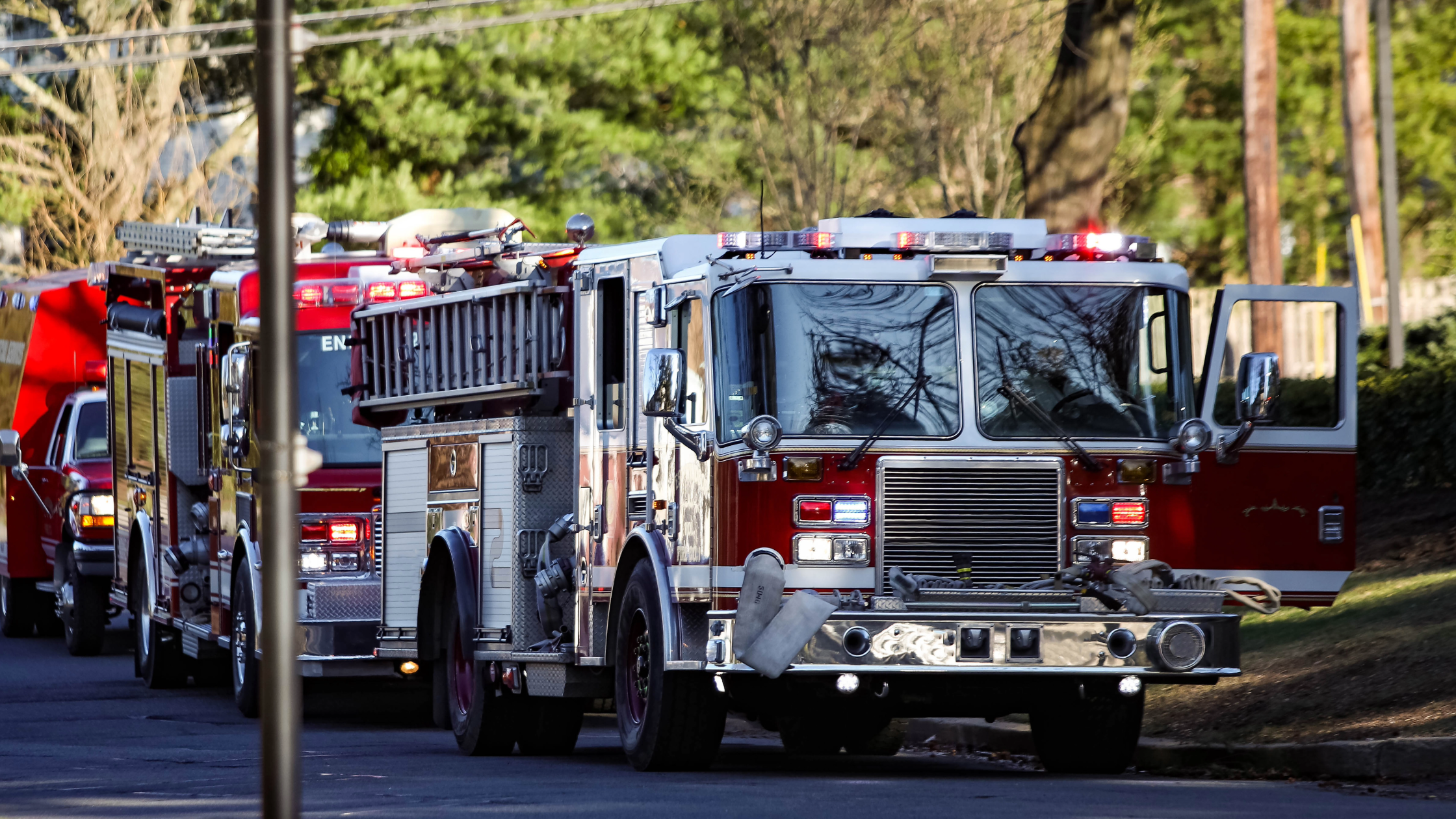According to the Emergency Responder Safety Institute (ERSI), vehicles struck and killed 44 emergency responders, including nine fire and EMS personnel, while responding to roadway incidents in 2019.
Almost every response requires your team to operate on various terrains—from high-speed roadways to local streets – so it’s vital that your members are aware of equally-varying risks and able to maintain a heightened awareness of their surroundings at all times.
It’s also important that your department evaluates practices and policies for traffic management and scene safety, including limiting exposure time, providing advance warning to approaching motorists, creating a buffer zone, properly positioning blocking apparatus, having appropriate lighting, establishing a flagger/spotter, operating in a “shadow work zone”, and meeting requirements for high-visibility PPE and reflective vests.
Thorough preplanning, ongoing training and strict adherence of procedures might not be your favorite parts of the job – but they could make all of the difference.
To help your team address these risks, we've rounded up a few of the resources available on ResponderHelp.com.
Technical Bulletins on RESPONDER+HELP
- USFA Emergency Vehicle Safe Operations Manual
- Emergency Responder Safety Institute Resource List
- Highway Safety Scenarios
Free Sample SOGs on RESPONDER+HELP
- Roadway & Roadside Scene Safety
- Reflective Striping & Roadway Vests
- Traffic Control Safety Checklist
Other Resources on RESPONDER+HELP
- NFPA Standards for safety and response
- Resources for the biggest issues impacting fire and EMS personnel today like community risk reduction, fire rescue operations and human resources
- The ability to ask a specialist your own questions
- A personal resource library where you can save your favorite resources (just register, it's free!)
Did you know ResponderHelp.com celebrated its first anniversary in August? The site is still
growing each week – and if you haven’t checked it out yet, we highly encourage you to! It was created by VFIS as a gift to the emergency service community but hosts content from a wide variety of industry experts and is designed to give responders simple, easy-to access resources to help your team address everyday risks and unique challenges.
Michael Baker, Director of Risk Management for VFIS
DISCLAIMER
The information contained in this blog post is intended for educational purposes only and is not intended to replace expert advice in connection with the topics presented. Glatfelter specifically disclaims any liability for any act or omission by any person or entity in connection with the preparation, use or implementation of plans, principles, concepts or information contained in this publication.
Glatfelter does not make any representation or warranty, expressed or implied, with respect to the results obtained by the use, adherence or implementation of the material contained in this publication. The implementation of the plans, principles, concepts or materials contained in this publication is not a guarantee that you will achieve a certain desired result. It is strongly recommended that you consult with a professional advisor, architect or other expert prior to the implementation of plans, principles, concepts or materials contained in this publication.
This blog post may contain the content of third parties and links to third party websites. Third party content and websites are owned and operated by an independent party over which Glatfelter has no control. Glatfelter makes no representation, warranty, or guarantee as to the accuracy, completeness, timeliness or reliability of any third party content. References to third party services, processes, products, or other information does not constitute or imply any endorsement, sponsorship or recommendation by Glatfelter, unless expressly stated otherwise.
Related posts
We asked 10 members of our VFIS Team to name one auto-related risk that they believe is underdiscussed in fire and EMS agencies. Here’s what they said.
Most volunteer fire departments rely heavily on POVs, but there are inherent risks you should know.
Establish a Emergency Vehicle Operations Program that includes driver/operator requirements to help ensure your vehicles are in the right hands.










Submit a Comment